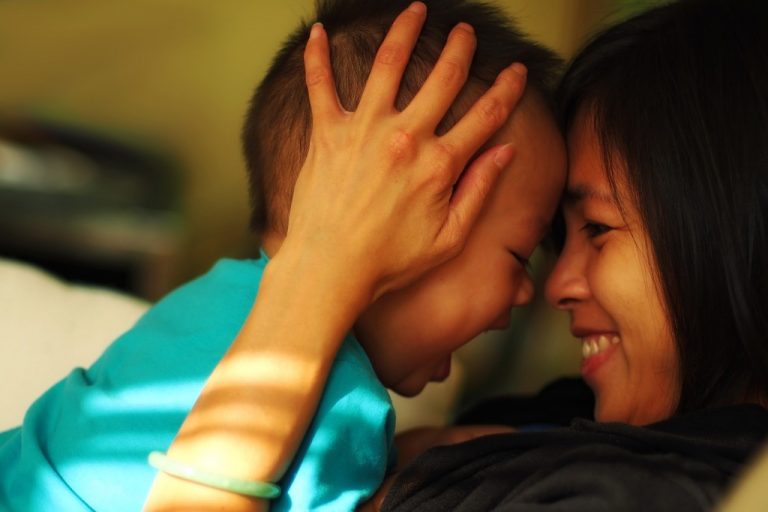SingaporeMotherhood | Baby & Toddler
November 2018
Circumcision in Singapore: How, Why, and What Happens

All you need to know about the what, why and how of circumcision in Singapore, whether for religious or non-religious purposes.
Circumcision is a procedure which removes excess foreskin on the penis. We tend to associate it with religious purposes but the procedure is also done for medical reasons. At the Department of Paediatric Surgery at KK Women’s and Children’s Hospital in Singapore, there are an average of about 1,000 to 1,200 cases of childhood circumcisions per year, says senior consultant Associate Professor Low Yee. Of these, approximately 10 to 15 per cent are because of medical reasons.
According to Dr Sam Peh Oon Hui, a consultant urologist at Parkway East Hospital, on average, about 600 circumcisions take place in private hospitals and 1,400 in public hospitals annually. Of these, about one fifth are non-religious circumcision.
[banner][/banner]
“Boys who are circumcised on medical grounds have underlying urological conditions predisposing them to urinary tract infections,” explains Assoc Prof Low. Circumcision in infancy can help to minimise urinary tract infections, thus protecting the kidneys from damage. When boys are older, there are several medical reasons (such as foreskin issues) why they may need circumcision.
Foreskin infections usually occur in early childhood, after the toddler years. Some boys may develop Balanitis Xerotica Obliterans (BXO). This causes tight scarring of the foreskin and narrowing of the urinary opening, which may cause obstruction of the urinary stream.
“For this group of children, circumcision is recommended and carried out when they are symptomatic regardless of age,” she adds.
Symptoms: When your Son needs Circumcision
Is your son telling you that he feels pain “down there” when he pees? That’s a sign. Other symptoms, Dr Peh tells us to observe for, include:
• inability to retract the foreskin completely;
• redness and swelling of the foreskin intermittently; and
• pain or crying when passing urine
However, just because your child has foreskin issues doesn’t always mean that he needs circumcision. In fact, if he has no infection, he can try foreskin retraction by himself, at home, on a regular basis. “This sometimes allows the foreskin to retract normally after a while,” said Dr Peh.
Dr Peh explains how this is done: Your child should be in supine position (ie. lying flat on his back). Gently pull down vertically on his foreskin using the index fingers and thumbs of both hands until you see the tip of the penis peeking through the foreskin. The fingers and thumbs are pressing lightly on the pubic area.
In a young child, retraction needs to be done by his parent. Older boys can learn to do it themselves and include it as part of their bathing routine.
Applying a topical steroid cream can also help with foreskin issues. The steroid reduces inflammation and adhesions and makes the foreskin separate more readily. Ask your child’s doctor for advice and to prescribe the cream.
So What’s the Best Age to get Circumcised?
After birth or just before adolescence is the best, says Dr Peh. In neonates (babies less than four weeks old) circumcision can be performed under local anaesthesia. Pre-adolescent boys are more cooperative during the process and there is usually less stress all round.
Dr Peh cautions that circumcision on a young child is most traumatic and should be reserved only for patients with recurrent infection.
After Circumcision: the Post-op Recovery
Circumcision is falls under the category of day surgery. The procedure itself takes about 20 minutes. There’s not much preparation to do before the procedure, but the after-care process is important.
Pain killers help with pain management, and there will be mild bleeding from the operation site. Your child will feel most comfortable in loose shorts. “They are able to walk around and attend to their daily needs without any difficulty,” says Dr Peh.
As with any other surgery, there are, of course, instances where issues may occur. The most common adverse effect is post-circumcision bleeding, notes Assoc Prof Low, which happens in about one in 200 cases.
“KKH uses laser technology during the circumcision procedure, and this minimises bleeding,” she says. “In most cases, applying an additional bandage will stop the bleeding.”
“Scabs may also appear on the surface of the penile head (glans) a few days after circumcision. This is not a complication, but part of the natural healing process,” she adds.
If you’re wondering whether circumcision will affect your child’s genital growth after puberty, don’t. Assoc Prof Low confirms that circumcision does not affect a child’s genital growth. In fact, it improves penile hygiene. Circumcision can also help decrease the rates of urinary tract infections, especially for children who are at risk of urinary tract infections or those affected by recurrent foreskin infections.
“For those who are not at risk of the above, the benefits of circumcision should be weighed against the risks present in all procedures,” says Assoc Prof Low.
Header image: Source
Featured image: Source
All content from this article, including images, cannot be reproduced without credits or written permission from SingaporeMotherhood.
Follow us on Facebook, Instagram, and Telegram for the latest article and promotion updates.








